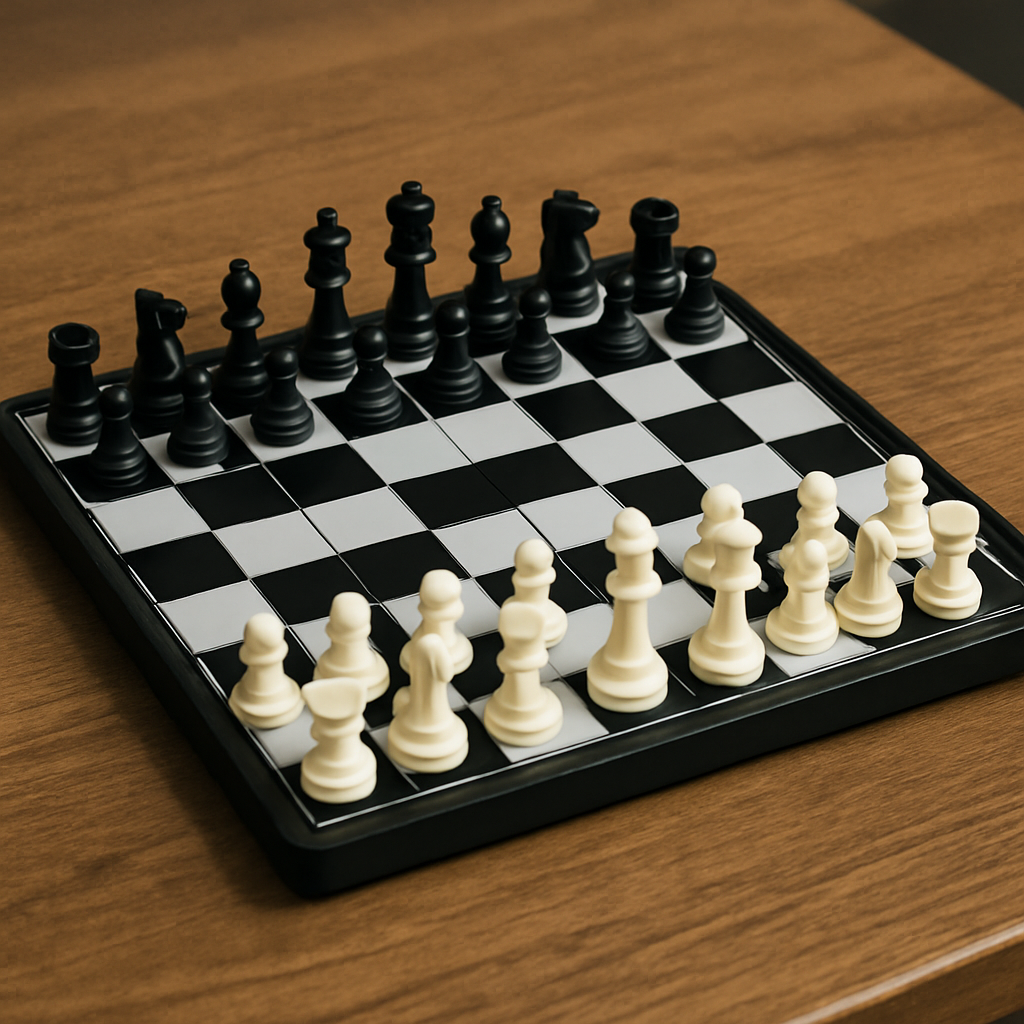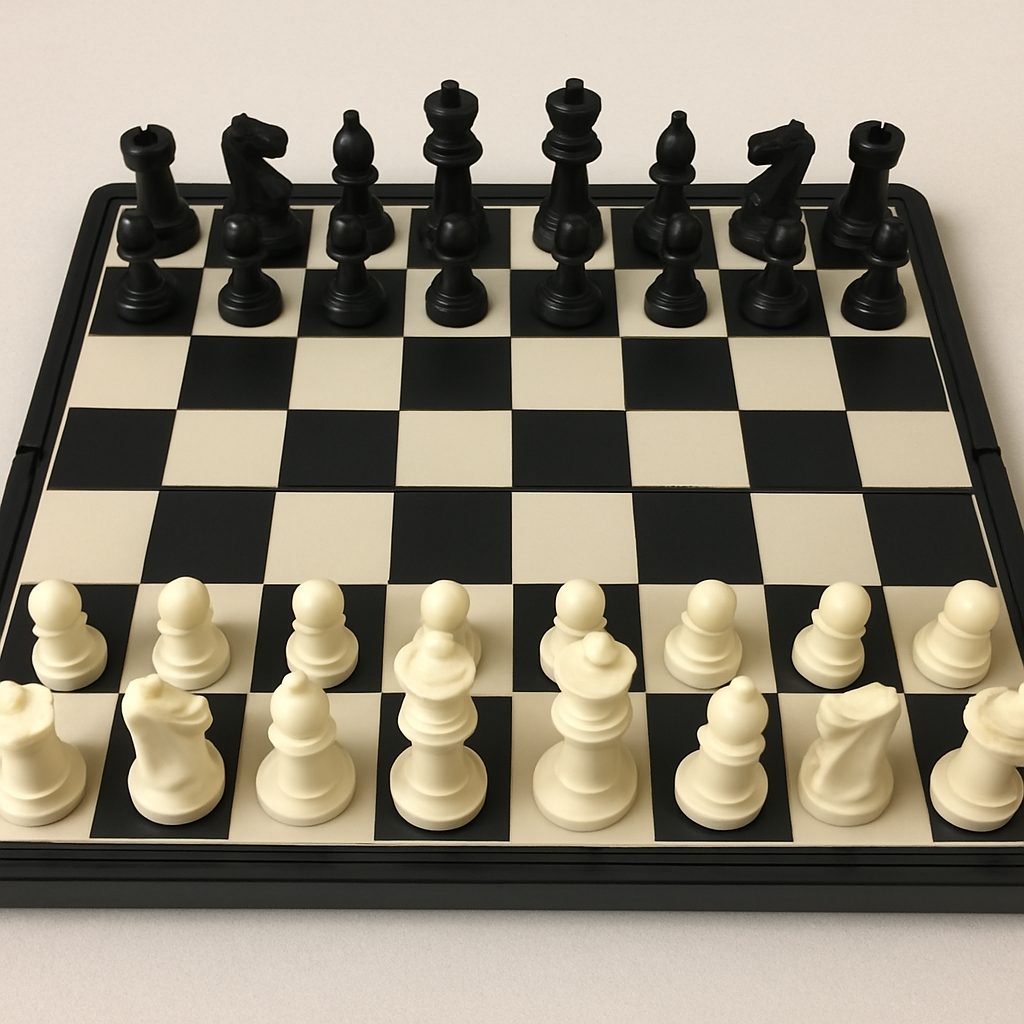Magnetic Chess Game Rules: A Complete Guide
Key Takeaways
Magnetic chess maintains traditional chess rules with added stability for travel
Each piece has magnets to prevent accidental moves during play
Perfect for playing in vehicles, outdoors, or other unstable environments
Strategic gameplay combines portability with intellectual challenge
Understanding the Rules of Magnetic Chess
Understanding the rules of magnetic chess can open up a world of strategic fun and intellectual challenge. Magnetic chess sets are particularly popular for their portability and convenience, making them an ideal choice for travelers and those looking to enjoy a game on the go. This article will guide you through everything you need to know about the
 Magnetic chess is essentially the same as traditional chess, but with a small twist—each piece has a magnet attached to its base, allowing it to stick to the board. This feature is particularly useful when playing in environments where the board might be jostled or moved, such as during travel or in outdoor settings.
Magnetic chess is essentially the same as traditional chess, but with a small twist—each piece has a magnet attached to its base, allowing it to stick to the board. This feature is particularly useful when playing in environments where the board might be jostled or moved, such as during travel or in outdoor settings.
The Appeal of Magnetic Chess
The main appeal of magnetic chess lies in its practicality. The magnets help to keep the pieces in place, preventing accidental moves that could disrupt the game. This makes it perfect for playing in a car, on a train, or even on a picnic blanket on a windy day. Additionally, many magnetic chess sets are designed to be compact and easy to pack away, making them ideal for players who are always on the move.
Basic Rules of Chess
Before diving into the specifics of magnetic chess, it's essential to understand the basic rules of the game, as these rules apply to both traditional and magnetic chess.
The Chessboard and Pieces
A standard chessboard consists of 64 squares in an 8x8 grid, with alternating colors—typically black and white or dark and light. Each player begins with 16 pieces: one king, one queen, two rooks, two knights, two bishops, and eight pawns.
 Objective of the Game
Objective of the Game
The main objective in chess is to checkmate your opponent's king. This means putting the king in a position where it is under threat of capture and cannot escape from capture in the next move.
How the Pieces Move
King: Moves one square in any direction.
Queen: Moves any number of squares in any direction.
Rook: Moves any number of squares along a row or column.
Bishop: Moves any number of squares diagonally.
Knight: Moves in an L-shape: two squares in one direction and then one square perpendicular.
Pawn: Moves forward one square, with the option to move two squares on its first move. Captures diagonally.
Special Moves
Castling: A move involving the king and a rook, allowing the player to move both pieces simultaneously under certain conditions.
En passant: A special pawn capture move.
Promotion: When a pawn reaches the opposite side of the board, it can be promoted to any other piece, usually a queen.
Magnetic Chess Game Rules
While the basic rules of chess apply to magnetic chess, there are a few additional considerations to keep in mind when playing with a magnetic set.
Setting Up the Board
Ensure that the board is placed correctly, with a white square on each player's right-hand corner. Position the pieces so that both players have a queen on their color (white queen on a white square, black queen on a black square).
Handling Pieces
Because the pieces are magnetic, they will remain attached to the board even if it is tilted or moved. However, take care when moving pieces to avoid dragging them across the board, which can damage the surface over time.
Playing in Various Conditions
One of the benefits of magnetic chess is its adaptability to different playing conditions. Whether you're in a moving vehicle or playing outdoors, the magnets help keep the game stable and uninterrupted. For those interested in other travel-friendly games, check out our portable travel game boxes that offer multiple games in one compact set.
Strategies for Playing Magnetic Chess

Understanding the rules is just the beginning. To excel in magnetic chess, you'll want to employ various strategies and tactics to outmaneuver your opponent.
Opening Moves
The opening phase of chess is crucial for setting up your pieces and controlling the board. Common opening strategies include controlling the center with pawns and developing knights and bishops early.
Midgame Tactics
As the game progresses to the midgame, focus on creating strong positions and looking for tactical opportunities such as forks, pins, and discovered attacks.
Endgame Techniques
In the endgame, the goal is often to promote pawns and checkmate the opponent's king. Simplifying the board by exchanging pieces can often lead to a more favorable position.
Tips for Beginners
For those new to chess, here are some tips to help you get started:
Practice Regularly: The more you play, the better you become.
Study Famous Games: Watching games played by grandmasters can provide insights into advanced strategies.
Learn from Mistakes: Analyze your games to understand what went wrong and how you can improve.
For beginners looking to practice their skills, consider our 19-in-1 multi-function chess set that offers multiple game variations to enhance your learning experience.
Conclusion
Magnetic chess offers a convenient and engaging way to enjoy one of the world's most beloved games. By understanding the basic rules and strategies, you can enhance your playing experience and perhaps even surprise yourself with your strategic prowess. Whether you're a beginner or a seasoned player, magnetic chess is a versatile and enjoyable way to challenge yourself and others.
Embrace the challenge and enjoy the game, wherever your travels may take you. Happy playing!

